Boldness and Ambition in a Post-Apocalyptic World
In a market saturated with co-op games and competitive multiplayer experiences, 33 Immortals emerges as a bold experiment. Developed by Thunder Lotus Games (known for titles such as Spiritfarer and Jotun), the game promises to revolutionize the co-op formula by bringing together 33 players in a single session, challenging them to survive several hordes of enemies in a world inspired by Norse mythology with a touch of post-apocalyptic. After over 30 hours of gameplay and 12 completed raids, I’ll bring you an analysis of the game, talking about its mechanics, narrative, successes and failures.
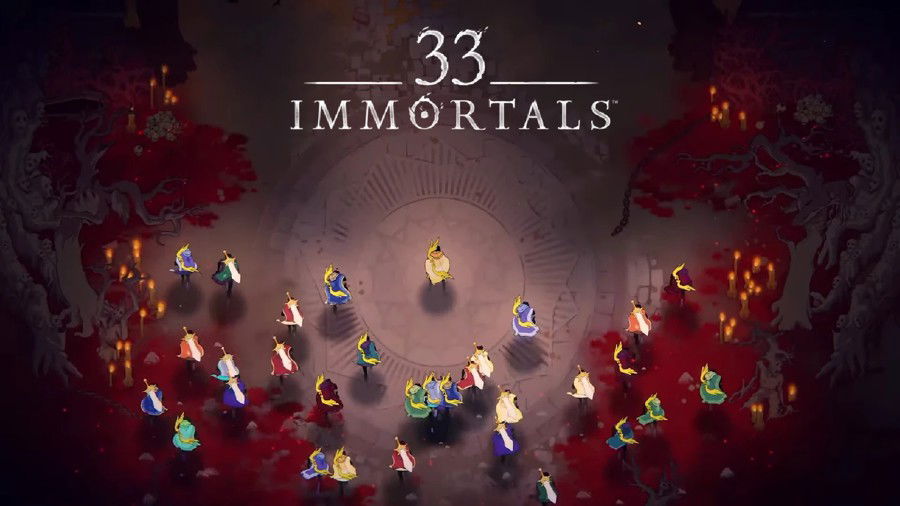
Overview: Mass Survival Against Angry Gods
33 Immortals puts players in the shoes of resurrected warriors, condemned to an eternal existence of fighting. The plot, although simple, fulfills its role as a backdrop for the frenetic action of the game: the players are "Immortals" who defy the gods through a rebellion, facing increasingly difficult trials to prove their value and win their freedom. Even though it’s quite cliché, it works very well as a justification for the battles and mutual aid between players. The focus here is not so much on the story, but on the fact that everyone has to help each other to survive.
The game's biggest differential is the number of players: 33 simultaneous players, which in itself is an unusual number even for MMOs. And we have the permanent "raid boss battle", where communication, strategy and adaptation are essential to overcoming all the challenges.
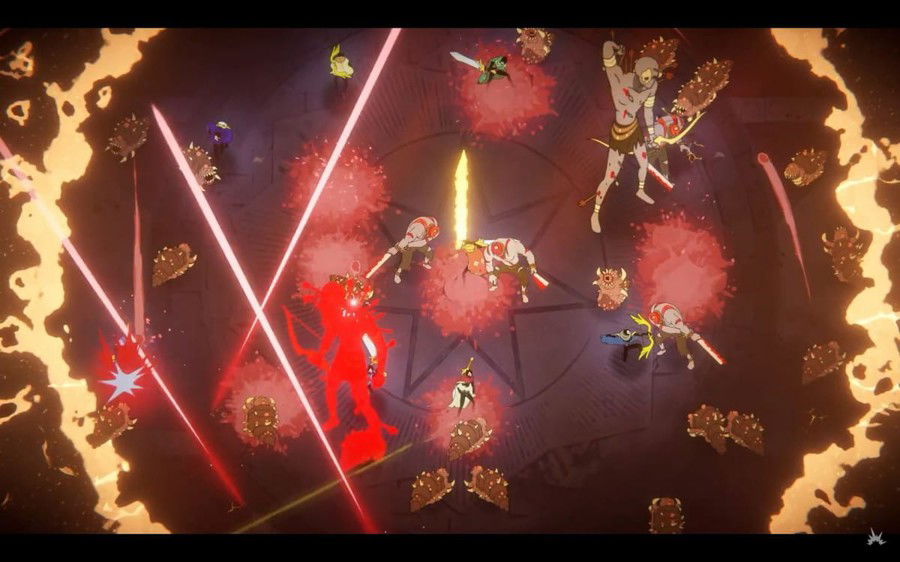
Gameplay: Organized Chaos or Uncontrollable Confusion?
Combat Mechanics and Classes
The main highlight of 33 Immortals is the real-time combat, which mixes elements of action RPG and roguelike. Players choose between 5 classes (Tank, Fighter, Support, Shooter and Specialist), each with its own unique skills and progression trees. Customization is a strong point: it’s possible to adjust equipment, attributes and even combine skills between classes to create synergies.
The game has a fluid and very satisfying combat, with an emphasis on combos and dodge timing (the time a player must wait after a dodge to perform another dodge). Enemies are varied, from smaller creatures to bosses that need coordination and cooperation from everyone to be defeated. One example is the confrontation against Surtr, a fire demon, which requires half of the group to distract its attacks while the other destroys its weak points.
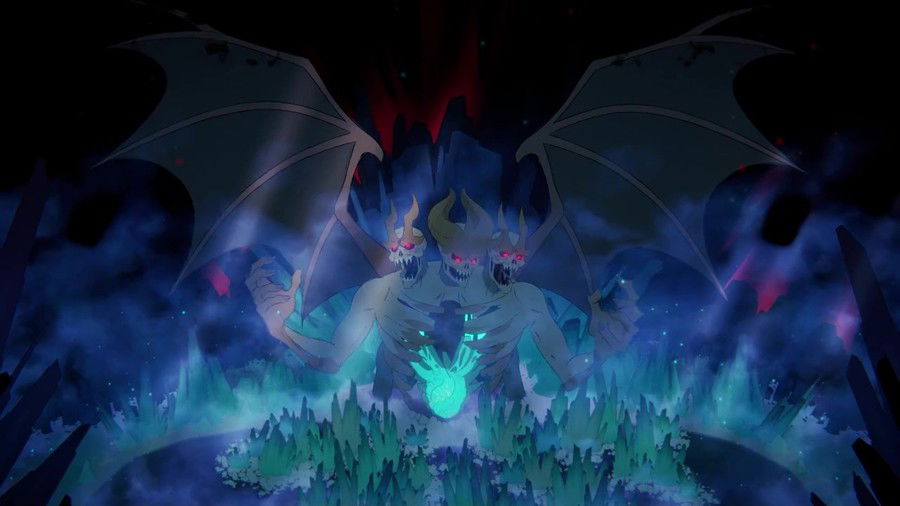
However, the game faces a problem/dilemma: It’s easy to organize into smaller groups (4-8 players), something very common in other titles, but 33 players together require almost a military operation. Without efficient communication (via integrated voice chat or tactile markers), the game experience quickly becomes visual chaos. Everyone does what they think is best, in the best way possible, and then everyone ends up trying to play alone instead of forming a solid combat group.
The game interface, despite being functional, suffers from the overload of information on the screen when everyone is attacking at the same time. This part caused me a lot of visual discomfort where at certain moments I no longer knew which character was mine in the middle of so many attacks, lights on the screen and other characters.
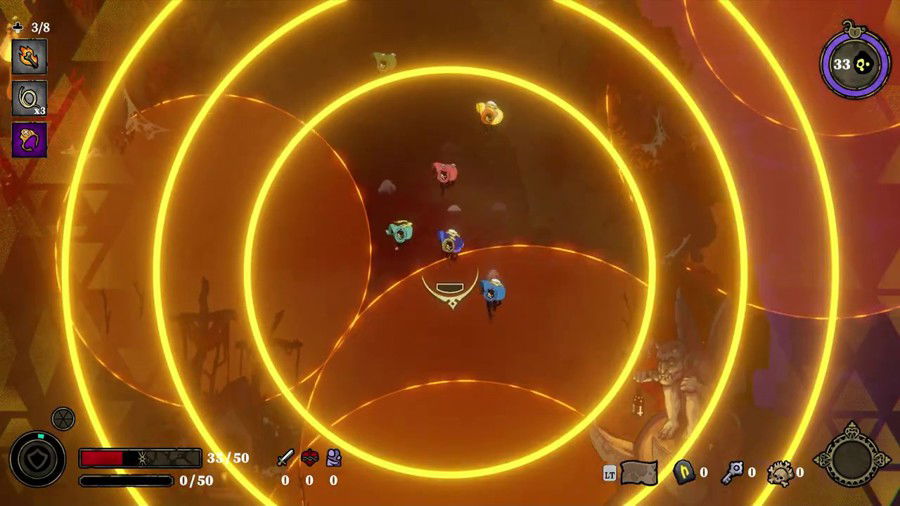
Progression and Replay Factor
The progression system in 33 Immortals is based on death and rebirth cycles. Each run gives you resources to improve your permanent skills, but if you die prematurely, it can reset part of your progress and this part left me quite frustrated, since in some runs you simply die fast because of other players. The randomness of the maps and the secondary events (for example: encounters with NPCs and optional challenges) add good variety to the game and help us have fun without needing a battalion of people playing together.
But something I’ve noticed is that, after about 20 hours of gameplay, the procedural generation patterns become repetitive and can end up getting boring quickly, since we already know what’ll await us, and we’re forced to turn back our focus to the main battle with 33 people together.
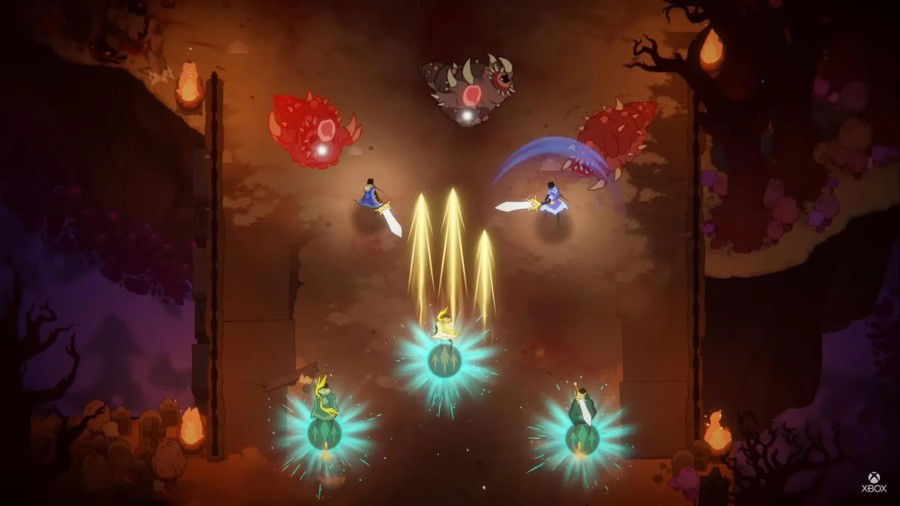
The game’s difficulty is a point to be discussed, Souls-like fans will appreciate the demand and precision that the game requires, but casual players can easily get frustrated with the need for almost perfect synchronization in large groups and for how hard it is to achieve, since the game mixes players together whether they’re newbies or not. As I said above, when it comes to dying quickly in battles, a single player's mistake can trigger a chain reaction that will result in the collective failure of the match.
I started playing in the first few hours of the game's release and this gave me a good basis for understanding it, but after 25 hours playing and three days since release, I realized that new players were joining and this chaos of people not understanding what was happening in the battles was common due to that and, as a result, I lost several matches with other people.
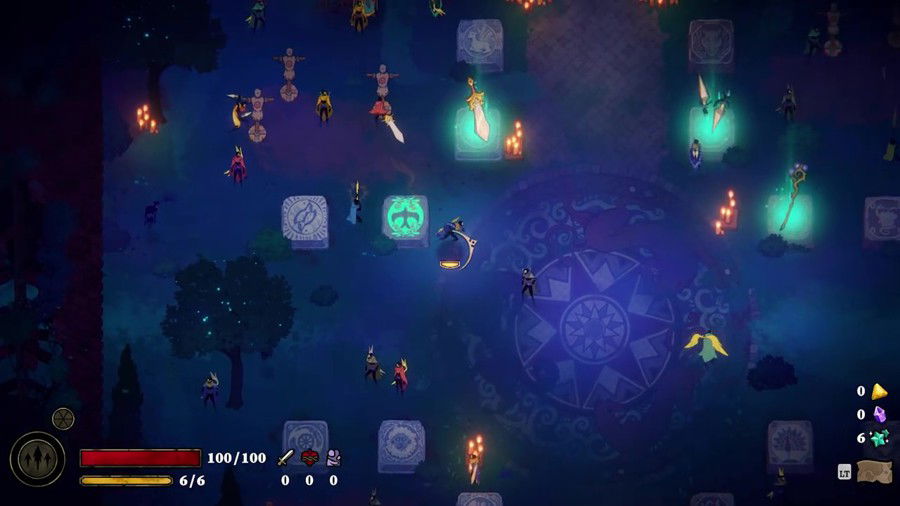
Visuals and Art Direction: Beauty in the Apocalypse
One thing that Thunder Lotus is known for is their unique artistic style, and in 33 Immortals the company didn’t disappoint. The game beautifully combines hand-drawn 2D art with impressive 3D scenarios, managing to create a contrast between the characters and the grandiosity of the environments. The battle arenas range from frozen forests to ruined cities, and they’re all full of details that, when you stop to analyze them, tell us silent stories of a world abandoned by the gods. I love observing scenarios and their details, and in this regard, 33 Immortals pleased me very much.
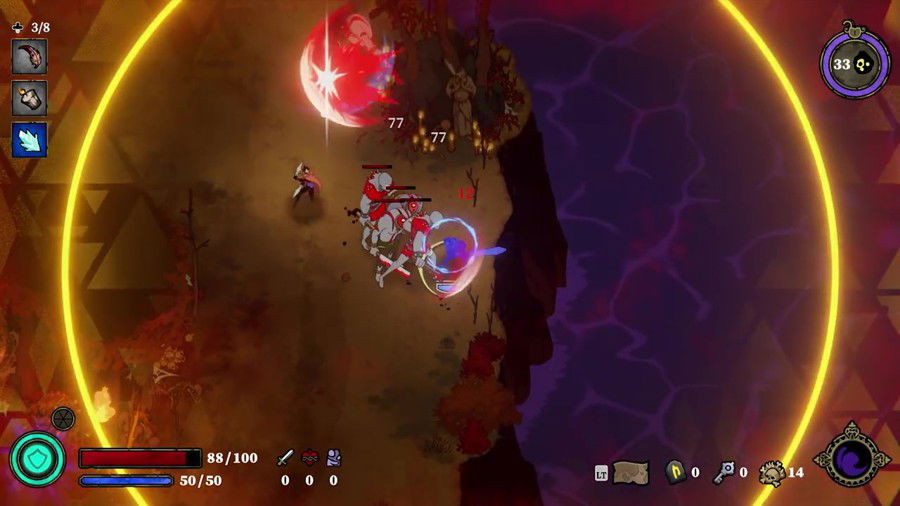
One issue that needs to be addressed in the game are the visual effects. I played the game on the Xbox Series S and noticed something: when 33 abilities are activated simultaneously, even current-generation consoles (PS5, Xbox Series X/S) suffer from frame drops. The option to reduce effects in the menu helped me, but it ended up compromising the beauty and visual impact that the game has. Analyzing other players on PC platforms, I realized that they were running into the same problem, meaning that the game needs to be adjusted.
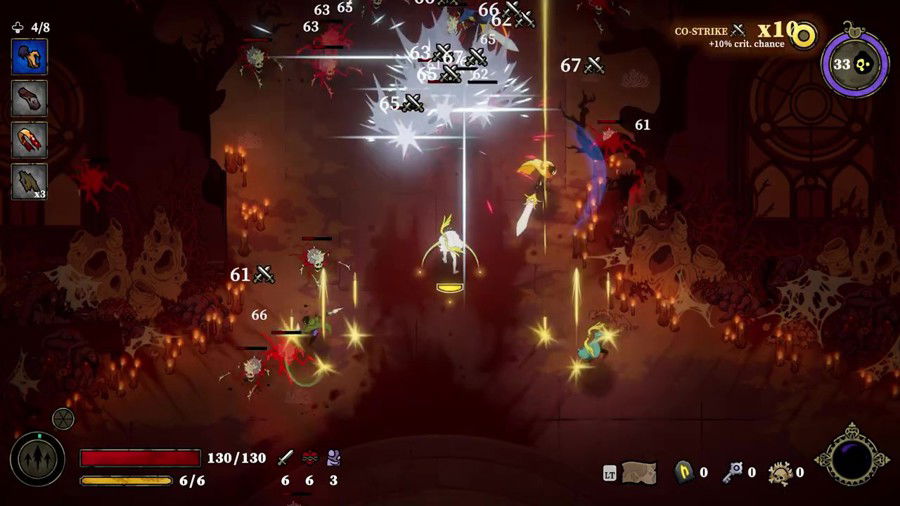
Sound and Soundtrack: A Symphony of War
The game's soundtrack is composed by Austin Wintory (Journey, Banner Saga), and it’s another highlight to be appreciated. The themes are epic, with choirs and Nordic instruments, and they manage to increase the tension in the battles, while in the calm moments they’re accompanied by melancholic and dazzling melodies. The sound effects are also great: the boom of a divine hammer or the whisper of a magic arrow help in orienting ourselves during the chaos of 33 players making different movements at the same time.
The voice acting isn’t the game’s strong point, being quite limited. The NPCs' dialogues are generic (but not annoying) and the playable characters don’t have voices, which reduces the immersion a little, but doesn’t take away from the game's shine.
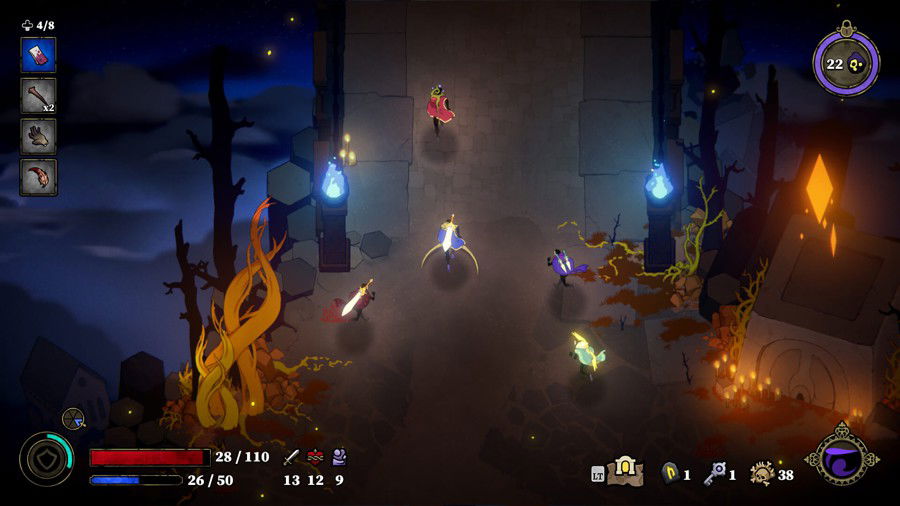
Narrative and Worldbuilding: Superficial Mythology
Don't expect an iconic story in 33 Immortals. Initially, the premise is good, but the development as the game goes on becomes more shallow. Gods like Odin and Hela are portrayed in a simpler way and the story isn’t explored. The lack of cutscenes between battles leaves a bit of emptiness up in the air. We soon realize that the most important thing is just the group battle.
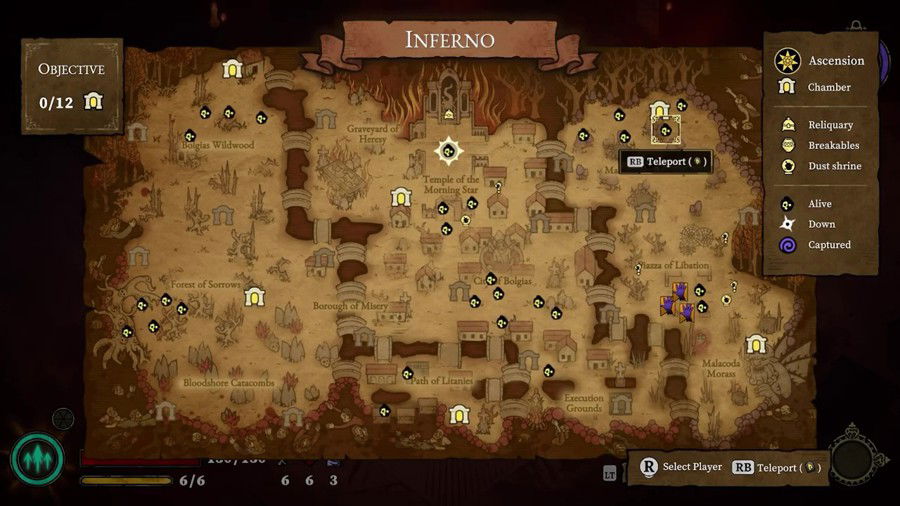
Multiplayer: The Dream and Nightmare of 33 Simultaneous Players
As I mentioned before, playing together with 32 strangers is a unique experience: victories are very euphoric, while defeats generate heated debates about strategies. Matchmaking is very fast thanks to cross-play between all platforms, but the lack of a clans system or somehow premade groups makes it difficult to create stable communities. As I said, you may be playing with someone experienced or a newbie who is still learning the logic of the game.
The biggest problem with the game is the dependency and lack of communication. While organized groups (via Discord) can dominate a game, casual players find themselves lost in the middle of the chaos of characters each doing their own activity and end up dying, which can compromise the entire game. One solution would be to implement more intuitive communication tools.
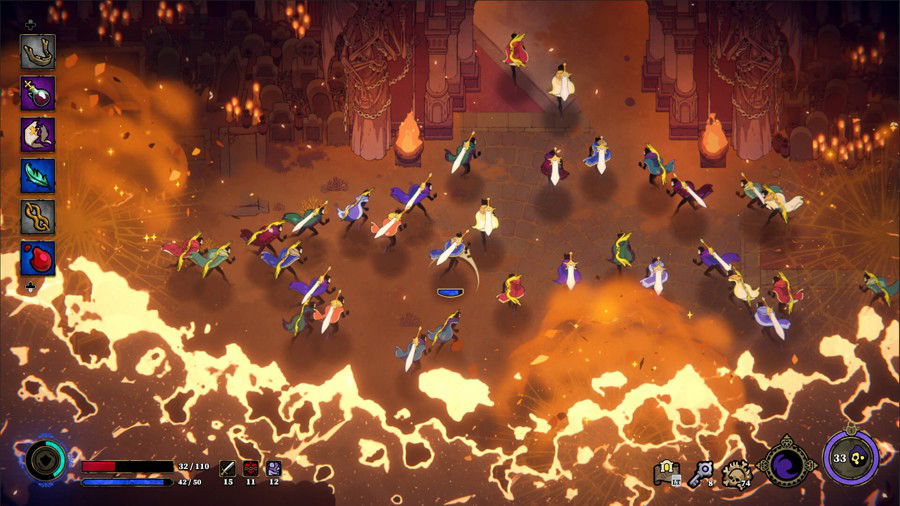
Playing alongside 33 people is very demanding on the servers. While studying some analytics for this article, I saw that many people encountered sporadic lags and even connection drops during peak hours. Thunder Lotus has already announced improvements on that.
You have the option of choosing single-player (offline mode with bots), and here the performance is impeccable, but the companions’ AI is limited and this can make your battles less challenging for more demanding players.
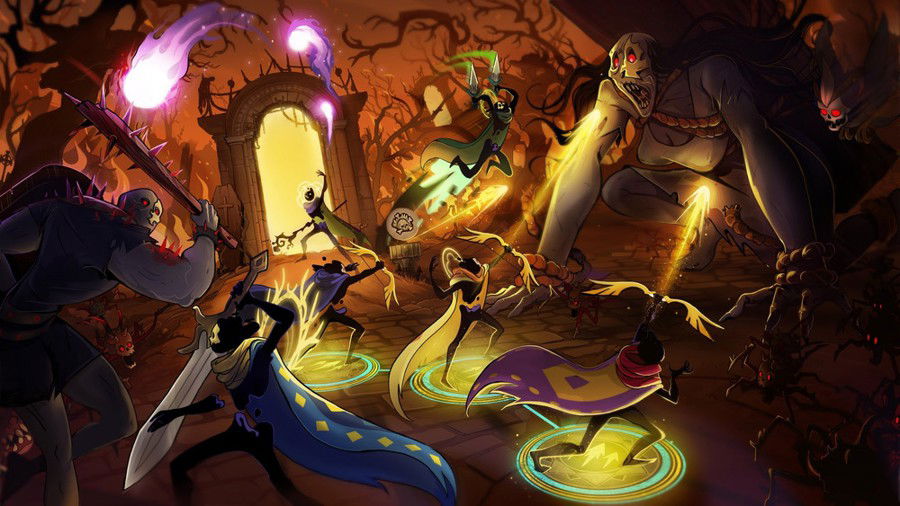
Post-Campaign Content and Updates
For now, 33 Immortals offers 4 main bosses and 12 secondary arenas. The endgame loop involves farming legendary equipment and competing in timed leaderboards, so be patient with your game. The developers have promised quarterly updates with new bosses and seasonal events. Even though the game has a very good fun factor, the current content still feels short for a game focused on replayability.
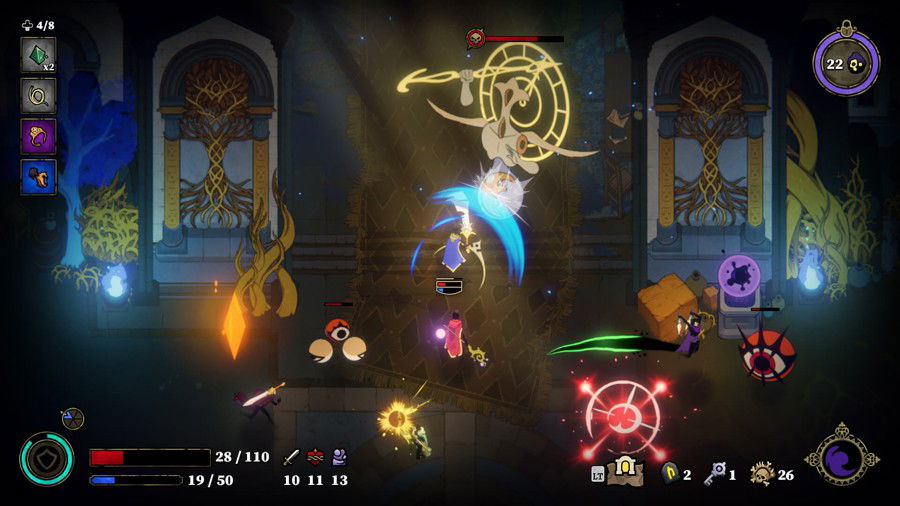
Pros and Cons
Pros:
- Dynamic and satisfying combat;
- Stunning art direction;
- Epic soundtrack;
- Innovative mass co-op format;
- Rewarding progression.
Cons:
- Chaotic communication without an organized group;
- Limited initial content;
- Technical issues in crowded matches;
- Superficial narrative.
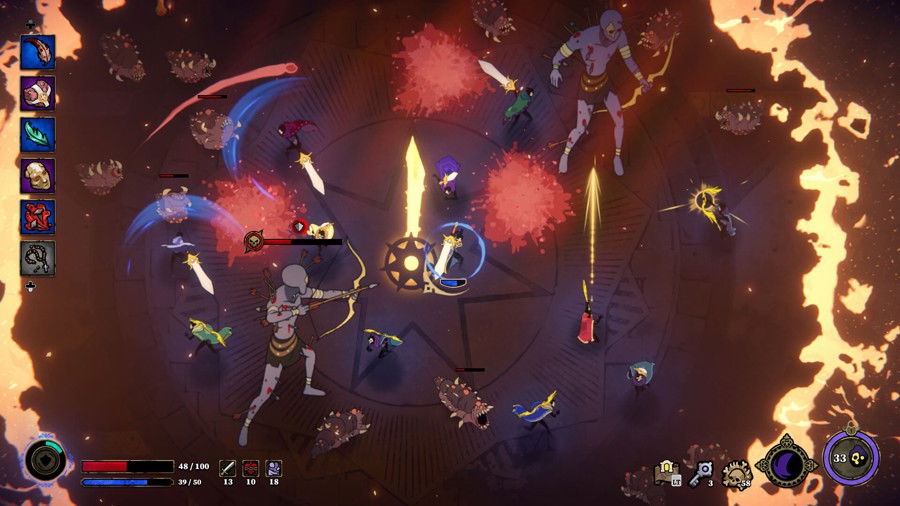
Conclusion: A Daring, but Worthwhile, Challenge
33 Immortals is a bold game that challenges conventions in the multiplayer genre. It offers moments of unparalleled group glory, where each player feels they’re part of something bigger. However, its dependence on coordination limits it to a specific niche of players. If you have an organized group and you’re willing to face the learning curve, it can be something for you.
For casual or solo players (my case), the experience can be frustrating at times. But if you’re looking for a challenge and have a guild ready for war, 33 Immortals is a game that can provide hours of adrenaline.
33 Immortals is available for PC, Xbox Series X/S and PlayStation 5.










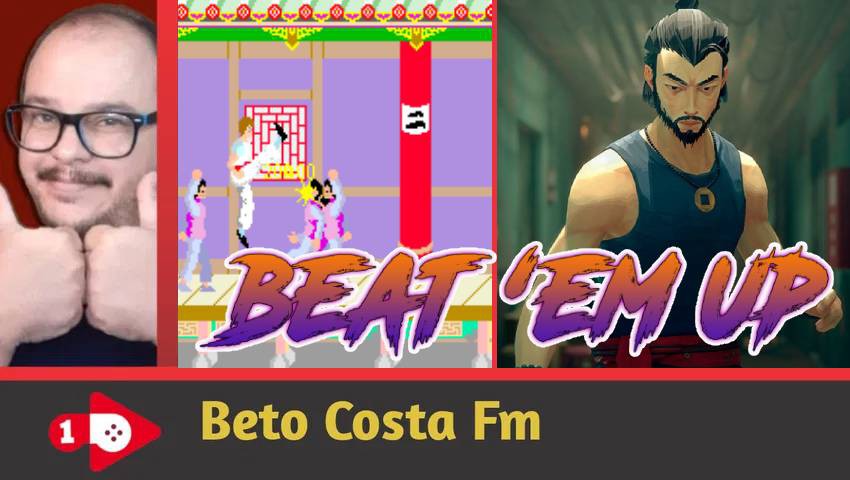



— Comentarios 0
, Reacciones 1
Se el primero en comentar